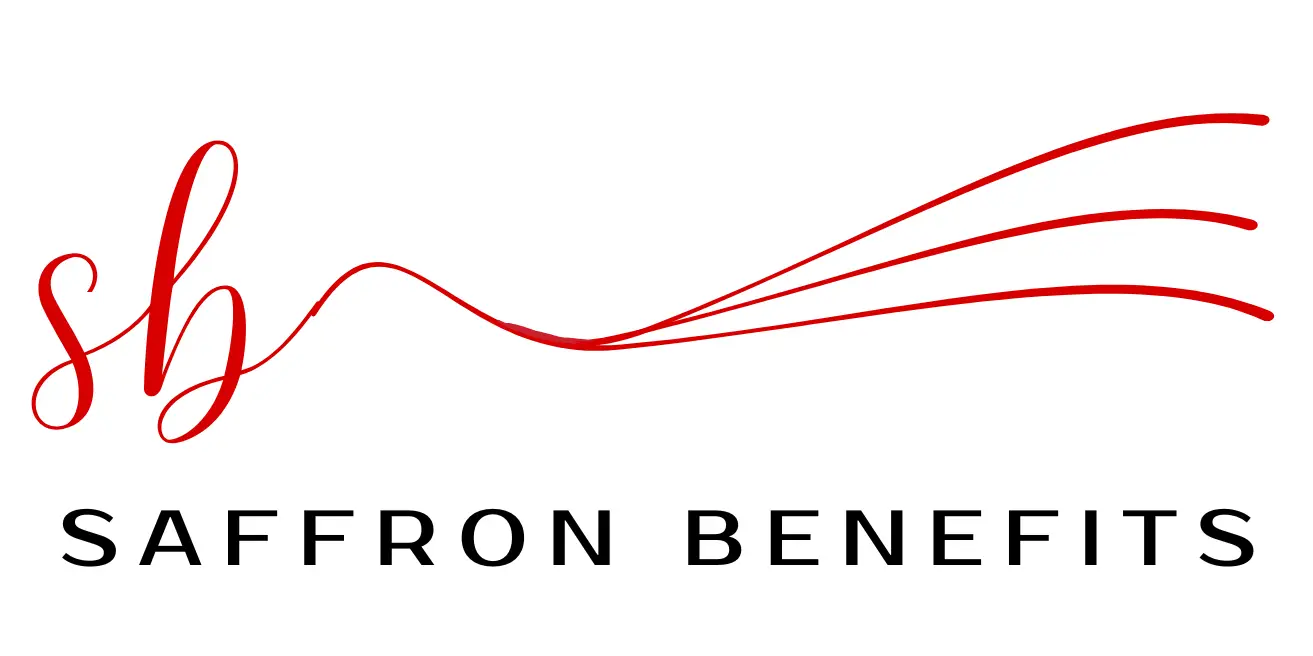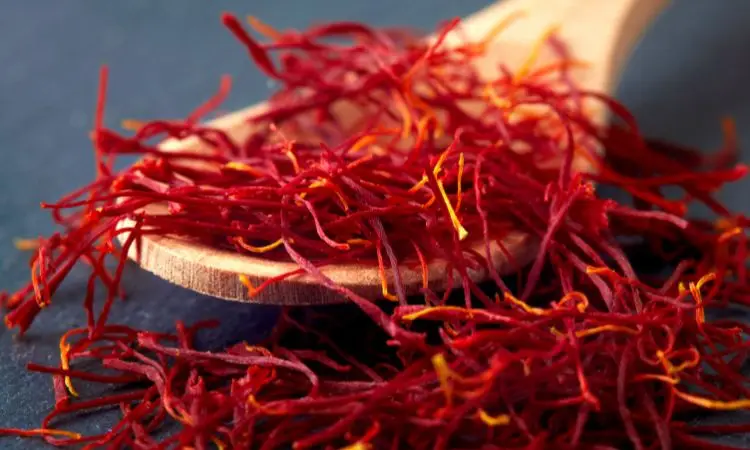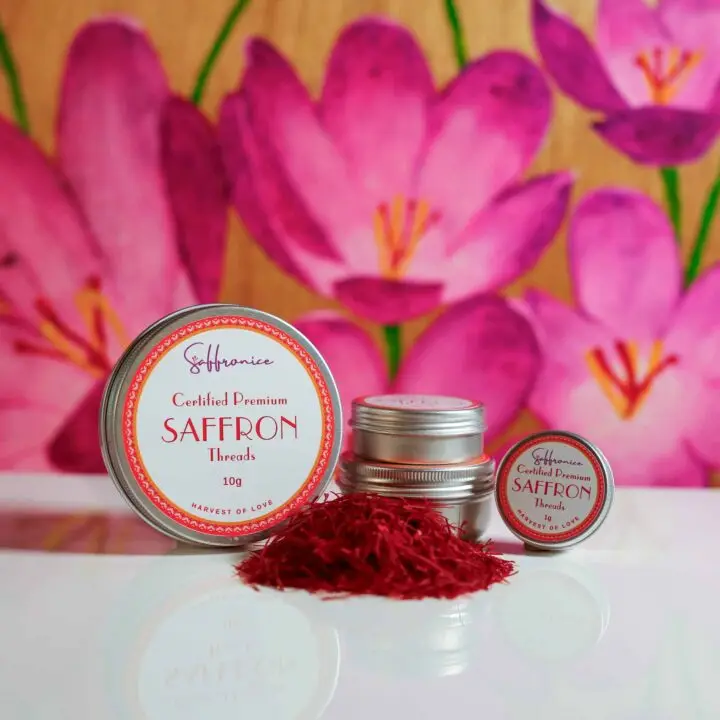📌 Quick Answer: Premium saffron features longer, thicker threads (25-30mm), deeper crimson color, higher crocin content (>250 units), and more intense aroma compared to regular saffron. Premium varieties typically cost $20-80 per gram versus $5-20 for regular grades, with superior flavor complexity and culinary performance justifying the price difference.
Understanding Saffron Quality Classifications
What is saffron without proper quality standards? The distinction between premium and regular saffron isn’t just marketing—it reflects measurable differences in cultivation, processing, and chemical composition that directly impact culinary performance and value.
International Grading Standards
Modern saffron quality standards establish clear benchmarks for distinguishing premium from regular grades. The International Organization for Standardization (ISO) provides the global framework, while regional systems offer specialized classifications.
ISO Quality Categories:
- Category I (Premium): Crocin content ≥250 units, minimal foreign matter
- Category II (Standard): Crocin content 170-250 units, good quality
- Category III (Commercial): Crocin content 100-170 units, basic grade
Regional Classification Systems: Understanding saffron grading systems helps identify premium quality across different origins:
- Iranian System: Sargol (premium all-red), Negin (premium long), Pushal (regular with styles)
- Spanish System: Cupe (premium), Mancha (standard), Mundo (commercial)
- Kashmiri Grades: Laccha (premium whole), Mongra (premium processed)
Authentication and Certification Methods
Premium saffron undergoes rigorous testing to verify authenticity and quality. Advanced techniques include:
- Chemical Analysis: HPLC testing for compound verification
- Spectrophotometry: Precise crocin, picrocrocin, and safranal measurement
- Microscopic Examination: Physical structure and purity assessment
- DNA Barcoding: Species and origin verification
Food Scientist’s Note: Premium saffron certification requires meeting strict thresholds for all quality parameters simultaneously, not just one or two indicators. This comprehensive approach ensures consistent excellence.
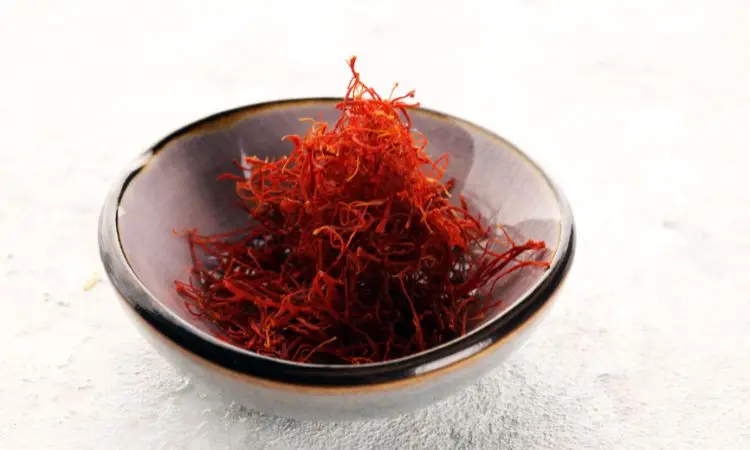
Origins and Cultivation Methods
The quality difference between premium and regular saffron often traces back to cultivation methods, terroir, and post-harvest processing. Understanding these factors explains why certain regions consistently produce superior saffron.
Premium Growing Regions
Iran (90% of world production): The Khorasan provinces produce premium saffron through traditional methods refined over centuries. Saffron cultivation in these regions benefits from:
- High altitude: 1,500-2,000 meters elevation
- Arid climate: Low humidity prevents fungal issues
- Traditional processing: Hand-sorting and careful drying
- Heritage varieties: Genetically distinct Crocus sativus cultivars
Kashmir, India: Kashmiri saffron commands premium prices due to unique growing conditions:
- Extreme altitude: 1,600-1,800 meters
- Cold winters: An Extended dormancy period concentrates compounds
- Limited production: Scarcity enhances value
- Longer threads: Average 25-28mm length
Spain (La Mancha region): Spanish saffron achieves a premium status through:
- Denomination of Origin: Geographic protection ensuring authenticity
- Traditional methods: Hand-harvesting and natural drying
- Quality control: Strict grading and certification processes
Cultivation Impact on Quality
Premium saffron production requires meticulous attention throughout the growing cycle:
Soil Preparation: Well-drained, alkaline soils (pH 7.0-8.5) with adequate organic matter. Bulb Selection: Disease-free, mature bulbs from a proven genetic line.s Harvest Timing: Early morning picking when stigmas are fully developed.ed Processing Speed: Immediate drying within hours of harvest to preserve compounds
Chef’s Professional Tip: Premium saffron’s superior performance in cooking directly reflects careful cultivation. The concentrated compounds in premium grades mean less quantity needed for the same flavor impact, often making them more economical despite higher upfront costs.
Key Differences: Premium vs Regular Saffron
Understanding the specific distinctions between premium and regular saffron empowers informed purchasing decisions and optimal culinary results.
Physical Characteristics Comparison
Premium Saffron Features:
- Thread length: 25-30mm average
- Thickness: 0.7-0.9mm diameter
- Color: Deep, uniform crimson throughout
- Structure: Intact, unbroken stigmas
- Purity: <0.5% foreign matter
Regular Saffron Characteristics:
- Thread length: 15-25mm average
- Thickness: 0.5-0.7mm diameter
- Color: Variable, may include lighter sections
- Structure: May contain broken pieces
- Purity: 0.5-2% foreign matter acceptable
Chemical Composition Analysis
The chemical profile directly impacts flavor, aroma, and color performance:
| Compound | Premium Saffron | Regular Saffron | Function |
|---|---|---|---|
| Crocin | >250 units | 100-200 units | Color intensity |
| Picrocrocin | >80 units | 40-70 units | Bitter taste |
| Safranal | 30-50 units | 20-40 units | Aroma strength |
| Moisture | <12% | <15% | Preservation |
Quality Control Standards
Premium saffron undergoes more stringent quality control:
Premium Quality Assurance:
- Multiple laboratory tests per batch
- Sensory evaluation by trained panels
- Certification by international bodies
- Traceability throughout the supply chain
- Climate-controlled processing facilities
Regular Quality Control:
- Basic chemical analysis
- Visual inspection
- Standard industry compliance
- Limited traceability
- Standard processing methods
Understanding how to spot the difference between real vs fake saffron helps verify these quality claims when purchasing.
Visual and Sensory Characteristics
The sensory experience distinguishes premium from regular saffron immediately upon inspection and use.
Color Intensity and Visual Indicators
Premium Saffron Visual Markers:
- Deep crimson: Rich, vibrant red throughout threads
- Uniform coloring: Consistent hue without pale sections
- Golden infusion: Bright yellow-gold color in liquid
- Thread integrity: Complete, unbroken stigmas
Regular Saffron Appearance:
- Variable color: Mix of deep and lighter red sections
- Pale areas: May include yellow or white portions
- Lighter infusion: Less intense golden color
- Fragment presence: Broken pieces and powder
The saffron coloring strength directly correlates with crocin content, making visual assessment a reliable quality indicator.
Aroma Profile Analysis
Premium Saffron Aroma Characteristics:
- Intensity: Strong, immediately noticeable fragrance
- Complexity: Floral, honey-like notes with earthy undertones
- Persistence: Long-lasting aromatic impact
- Purity: Clean scent without off-odors
Regular Saffron Aroma Profile:
- Moderate intensity: Detectable but less pronounced
- Simpler profile: Basic saffron scent without complexity
- Shorter duration: Aroma fades more quickly
- Possible variations: May have musty or stale notes
Understanding saffron aroma and flavor profiles helps identify quality levels through sensory evaluation.
Flavor Complexity Comparison
Premium Saffron Taste Profile:
- Rich complexity: Multiple flavor layers
- Balanced bitterness: Pleasant, not harsh
- Sweet undertones: Subtle honey-like notes
- Long finish: Flavors persist on the palate
- Clean taste: Pure saffron flavor without off-notes
Regular Saffron Flavor Characteristics:
- Simpler profile: Basic saffron taste
- Variable bitterness: May be harsh or weak
- Limited complexity: Fewer flavor dimensions
- Shorter finish: Quick flavor dissipation
- Potential inconsistency: Quality varies between batches
Food Scientist’s Note: Premium saffron’s complex flavor profile results from optimal compound ratios achieved through careful cultivation and processing. These balanced proportions create the signature taste that has made saffron prized for millennia.
Market Pricing and Value Analysis
Understanding saffron pricing helps evaluate whether premium grades offer value commensurate with their cost.
Price Point Variations
Premium Saffron Pricing:
- Range: $20-80 per gram
- Factors: Origin, certification, grade classification
- Seasonal variation: Harvest timing affects availability
- Brand premium: Established producers command higher prices
Regular Saffron Pricing:
- Range: $5-20 per gram
- Availability: More widely available
- Consistency: Less price volatility
- Value positioning: Cost-effective for regular use
Cost-Per-Use Analysis
While premium saffron costs more initially, its concentrated nature often provides better value:
Premium Efficiency:
- Stronger potency requires smaller amounts
- Superior flavor impact per gram
- Consistent performance reduces waste
- Longer shelf life when properly stored
Regular Usage Considerations:
- Higher quantities are needed for the same effect
- More suitable for dishes where saffron isn’t the star
- Good introduction for experimenting with saffron
- Budget-friendly for frequent use
When deciding where to buy saffron online, consider total cost-per-use rather than just per-gram pricing.
Value Assessment Framework
Premium Saffron Best For:
- Special occasion dishes
- Professional culinary applications
- Recipes highlighting saffron as the primary flavor
- Gift purchases for serious cooks
- Long-term storage (better shelf stability)
Regular Saffron Appropriate For:
- Everyday cooking experiments
- Budget-conscious households
- Dishes with multiple strong flavors
- Baking applications where subtlety is preferred
- Introduction to Saffron Cooking
Comparing saffron brands for purity, price, and source helps identify the best value within each category.
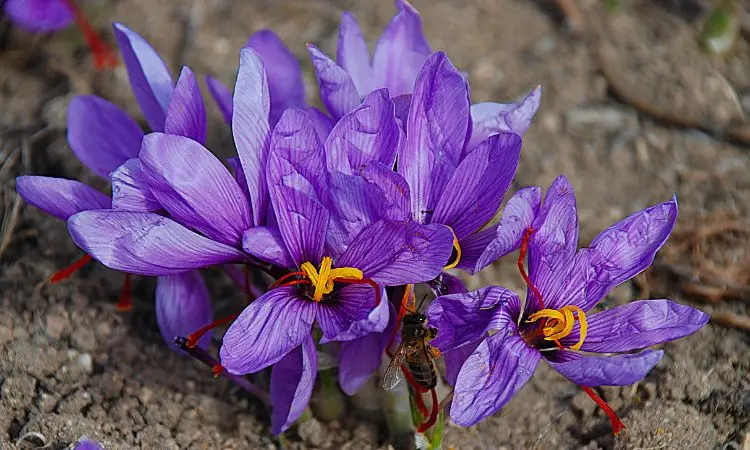
Storage Requirements and Shelf Life
Proper storage significantly impacts saffron quality retention, with premium grades often showing better longevity when correctly handled.
Optimal Storage Conditions
Essential Storage Requirements:
- Temperature: 60-70°F (15-21°C) consistently
- Humidity: <50% relative humidity
- Light protection: Complete darkness
- Air exposure: Airtight containers are essential
- Container material: Glass or food-grade metal preferred
Shelf Life Comparison
Premium Saffron Longevity:
- Optimal storage: 2-3 years quality retention
- Gradual degradation: Slower compound loss
- Better stability: Higher initial compound levels
- Investment protection: Quality preservation justifies cost
Regular Saffron Shelf Life:
- Optimal storage: 1-2 years quality retention
- Faster degradation: Noticeable quality loss sooner
- Variable stability: Batch-dependent preservation
- Economic consideration: Replace more frequently
Storage Best Practices
Following proper saffron storage methods maximizes quality retention for both grades:
Container Selection:
- Small portions in separate containers
- Airtight seals prevent moisture entry
- Opaque materials blocking light
- Food-safe materials only
Environment Control:
- Consistent temperature maintenance
- Low-humidity areas (avoid the refrigerator)
- Dark storage locations
- Minimal handling to prevent degradation
Quality Monitoring:
- Regular visual inspections
- Aroma assessments
- Color intensity checks
- Replacement scheduling
Chef’s Professional Tip: Buy premium saffron in quantities you’ll use within 18 months for optimal quality. The superior stability of premium grades makes larger purchases more economical than frequent small purchases of regular saffron.
Culinary Applications and Usage Tips
Different saffron grades excel in specific culinary applications, making grade selection a strategic cooking decision.
Premium Saffron Applications
Ideal Uses for Premium Grade:
- Signature dishes: Paella, bouillabaisse, risotto Milanese
- Delicate preparations: Saffron ice cream, panna cotta
- Tea and beverages: Where pure saffron flavor is essential
- Special occasion cooking: Anniversary dinners, holiday meals
Preparation Techniques: Learning how to cook with saffron optimizes premium-grade performance:
- Infusion method: Steep in warm liquid 15-20 minutes
- Minimal quantity: Start with 1/8 teaspoon per 4 servings
- Late addition: Add near the end of cooking to preserve delicate compounds
- Grinding option: Light mortar grinding releases more compounds
Regular Saffron Applications
Suitable Uses for Regular Grade:
- Everyday rice dishes: Where color is the primary goal
- Baking applications: Bread, cookies, cakes
- Mixed spice preparations: Curry blends, spice rubs
- Large batch cooking: Feeding crowds economically
Usage Adjustments:
- Increased quantity: Use 25-50% more than premium recipes call for
- Earlier addition: Add sooner in the cooking process
- Extended steeping: Allow longer infusion time
- Combination cooking: Blend with complementary spices
Dosage Guidelines by Grade
Understanding proper saffron dosage daily ensures both culinary success and safety:
| Application | Premium Saffron | Regular Saffron | Serving Size |
|---|---|---|---|
| Rice dishes | 1/8 teaspoon | 1/4 teaspoon | 4 servings |
| Soups/stews | 1/4 teaspoon | 1/2 teaspoon | 6 servings |
| Desserts | 1/16 teaspoon | 1/8 teaspoon | 4 servings |
| Beverages | Pinch | 1/8 teaspoon | 2 servings |
Food Scientist’s Note: Premium saffron’s concentrated compounds mean less is often more. Start with smaller amounts and adjust upward—it’s easier to add more than to correct over-seasoning.
Authentication and Quality Verification
With saffron’s high value comes the risk of adulteration, making authentication skills essential for premium purchases.
Laboratory Testing Methods
Scientific Verification Techniques:
- HPLC analysis: Compound identification and quantification
- Spectrophotometry: Color strength measurement
- Mass spectrometry: Molecular fingerprinting
- Microscopy: Physical structure examination
Consumer Authentication Methods
Home Testing Techniques: Simple saffron purity testing methods consumers can use:
Water Test:
- Place a few threads in warm water
- Observe color release (should be gradual)
- Check thread integrity (remains intact)
- Note color intensity (golden-yellow for authentic)
Aroma Assessment:
- Compare the scent to known authentic samples
- Look for a sweet, hay-like fragrance
- Avoid harsh, chemical odors
- Test aroma persistence
Visual Inspection:
- Examine the thread structure under magnification
- Look for uniform coloring
- Check for foreign materials
- Verify appropriate thread length
Red Flags and Warning Signs
Indicators of Low-Quality or Fake Saffron:
- Price too good to be true: Authentic saffron is expensive
- Uniform powder form: Real saffron is thread-like
- Artificial coloring: Threads that stain fingers immediately
- Lack of documentation: No origin or quality certificates
- Suspicious sellers: No reputation or verification
Buying Safety Guidelines:
- Purchase from established, reputable suppliers
- Verify certifications and quality claims
- Request small samples before large purchases
- Compare multiple sources for price and quality
- Check customer reviews and ratings
Health Benefits and Quality Correlation
Saffron’s health benefits directly correlate with quality, as active compound concentrations determine therapeutic potential.
Premium vs Regular Health Impact
Premium Saffron Health Advantages:
- Higher bioactive compounds: More antioxidants per gram
- Better absorption: Optimal compound ratios enhance bioavailability
- Consistent potency: Reliable therapeutic effects
- Minimal contaminants: Purer preparations for sensitive individuals
Regular Saffron Health Considerations:
- Variable potency: Inconsistent therapeutic effects
- Lower concentrations: May require higher doses
- Adequate benefits: Still provides health advantages
- Cost-effective wellness: Accessible health benefits
Quality-Dependent Benefits
The relationship between grade and health benefits affects:
- Antioxidant activity: Premium saffron shows higher ORAC values
- Mood support: Consistent compound levels provide reliable effects
- Anti-inflammatory properties: Higher quality shows enhanced activity
- Cognitive benefits: Premium grades demonstrate superior research outcomes
Conclusion
The choice between premium and regular saffron ultimately depends on intended use, budget considerations, and quality priorities. Premium saffron offers a superior sensory experience, consistent performance, and enhanced health benefits, justifying higher costs for special applications. Regular saffron provides an accessible introduction to this remarkable spice while delivering satisfactory results for everyday cooking.
Understanding these distinctions empowers informed purchasing decisions, ensuring optimal value regardless of grade selection. Whether choosing premium saffron for special occasions or regular grades for experimentation, proper storage, handling, and usage techniques maximize the benefits of this precious spice.
For comprehensive information about this remarkable spice, explore our detailed guide on saffron to deepen your appreciation of saffron’s complexity and culinary potential.
FAQ
What’s the main difference between premium and regular saffron?
Premium saffron features longer threads (25-30mm), higher crocin content (>250 units), more intense aroma, and deeper crimson color. Regular saffron has shorter threads, lower compound concentrations, and variable quality characteristics while still providing good culinary performance at a lower cost.
Is premium saffron worth the extra cost?
Premium saffron justifies a higher cost through superior potency (requiring smaller amounts), consistent quality, better shelf life, and enhanced culinary performance. For special dishes where saffron is the star ingredient, premium grades provide better value per use despite higher upfront costs.
How can I tell if saffron is premium quality?
Premium saffron displays deep crimson color throughout threads, measures 25-30mm in length, produces a strong honey-like aroma, and gradually releases golden color in warm water while maintaining thread integrity. Authentic premium grades include quality certificates and origin documentation.
What cooking applications work best with each grade?
Premium saffron excels in signature dishes like paella, risotto, and saffron desserts where pure flavor matters. Regular saffron works well in everyday rice dishes, baking applications, and mixed spice preparations where cost-effectiveness is important.
How should I store different saffron grades?
Both grades require cool (60-70°F), dry (<50% humidity), dark storage in airtight containers. Premium saffron maintains its quality for 2-3 years with proper storage, while regular saffron lasts 1-2 years. Use small containers to minimize air exposure during regular use.
Can regular saffron be substituted for premium in recipes?
Regular saffron can substitute for premium by using 25-50% more quantity and allowing longer infusion time. While results may be less intense, regular saffron still provides authentic saffron flavor and color for most culinary applications at reduced cost.
